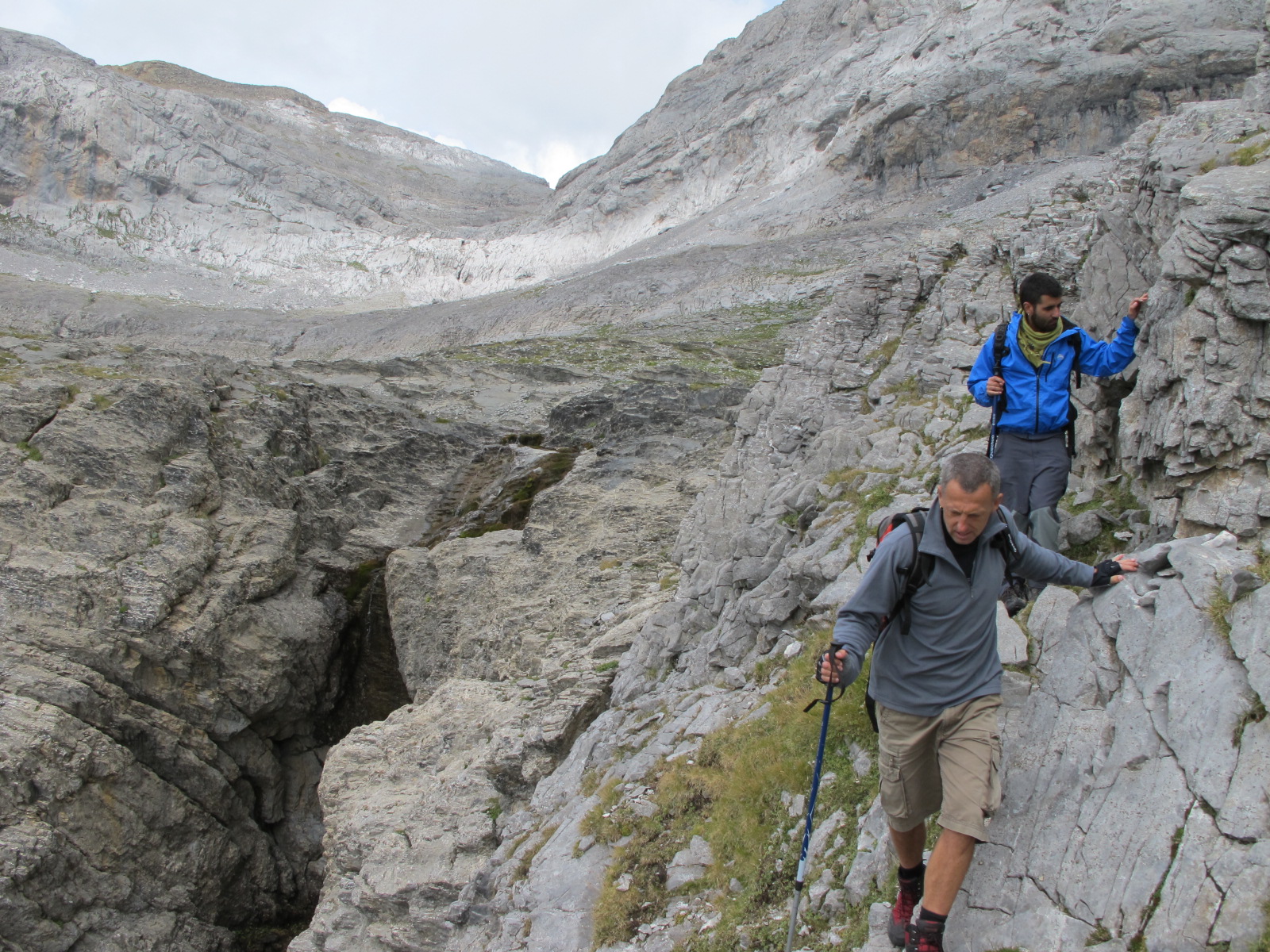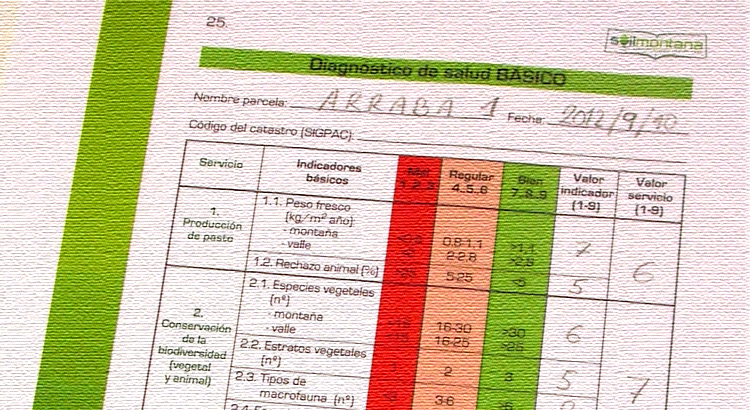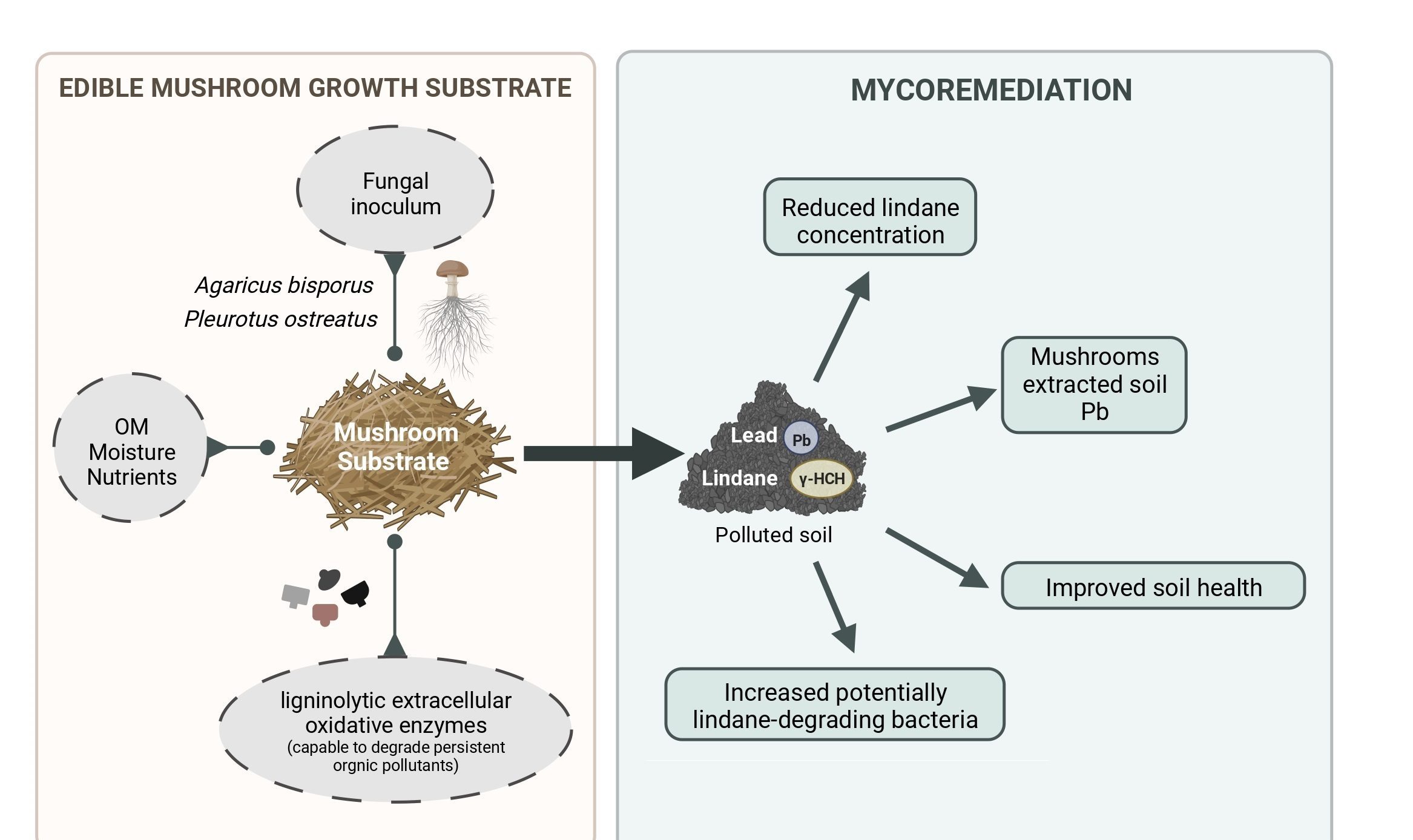Authors: Xabier Díaz de Otálora, Lur Epelde, Josune Arranz, Carlos Garbisu, Roberto Ruiz, Nerea Mandaluniz
Journal: Ecological Indicators
Date: 2021
Increased traditional dairy sheep production in the Basque Country of northern Spain could substantially affect pasture soils. This type of agricultural land performs vital functions and provides essential ecosystem services. Regenerative farming practices such as rotational grazing with prolonged resting periods are designed to improve farmland soil health, while profitably delivering high-quality farm products. The aim of this study was to determine the mid-term effect of rotational grazing on soil ecosystem services and evaluate their synergies and trade-offs. A 4.5-ha experimental pasture was divided into two sections: one subjected to regenerative rotational grazing and the other to conventional rotational grazing. A flock of 135 Latxa breed dairy ewes was evenly distributed over the two areas during six consecutive years. On the conventional rotational grazing section, the sheep were allowed to feed for 6–10 d followed by a 15-d rest period. On the regenerative rotational grazing section, the sheep were allowed to feed for 1–2 d followed by a 24-d rest period. Vegetation and soil were then sampled according to a grid design. Springtime grass production was estimated by cutting the vegetation, topsoil carbon storage was determined through elemental analysis of soil organic carbon, nutrient cycling was calculated by measuring the activity of six enzymes (β-glucosidase, β-glucosaminidase, sulfatase, acid phosphatase, L-alanine aminopeptidase, and L-leucine aminopeptidase), water flow regulation was calculated using a simplified water retention index, and biodiversity was determined via 16S rRNA metabarcoding of soil prokaryotes. Regenerative rotational grazing achieved 30% higher springtime grass production and 3.6% higher topsoil carbon storage than conventional rotational grazing. The other parameters did not differ significantly between the grazing regimes. Regenerative rotational grazing reduced relative data dispersion for all ecosystem services, possibly because it supported comparatively homogeneous pasture use by livestock and avoided the negative consequences of overgrazing and undergrazing. Thus, regenerative rotational grazing might effectively improve certain soil ecosystem services without causing trade-offs to others.




